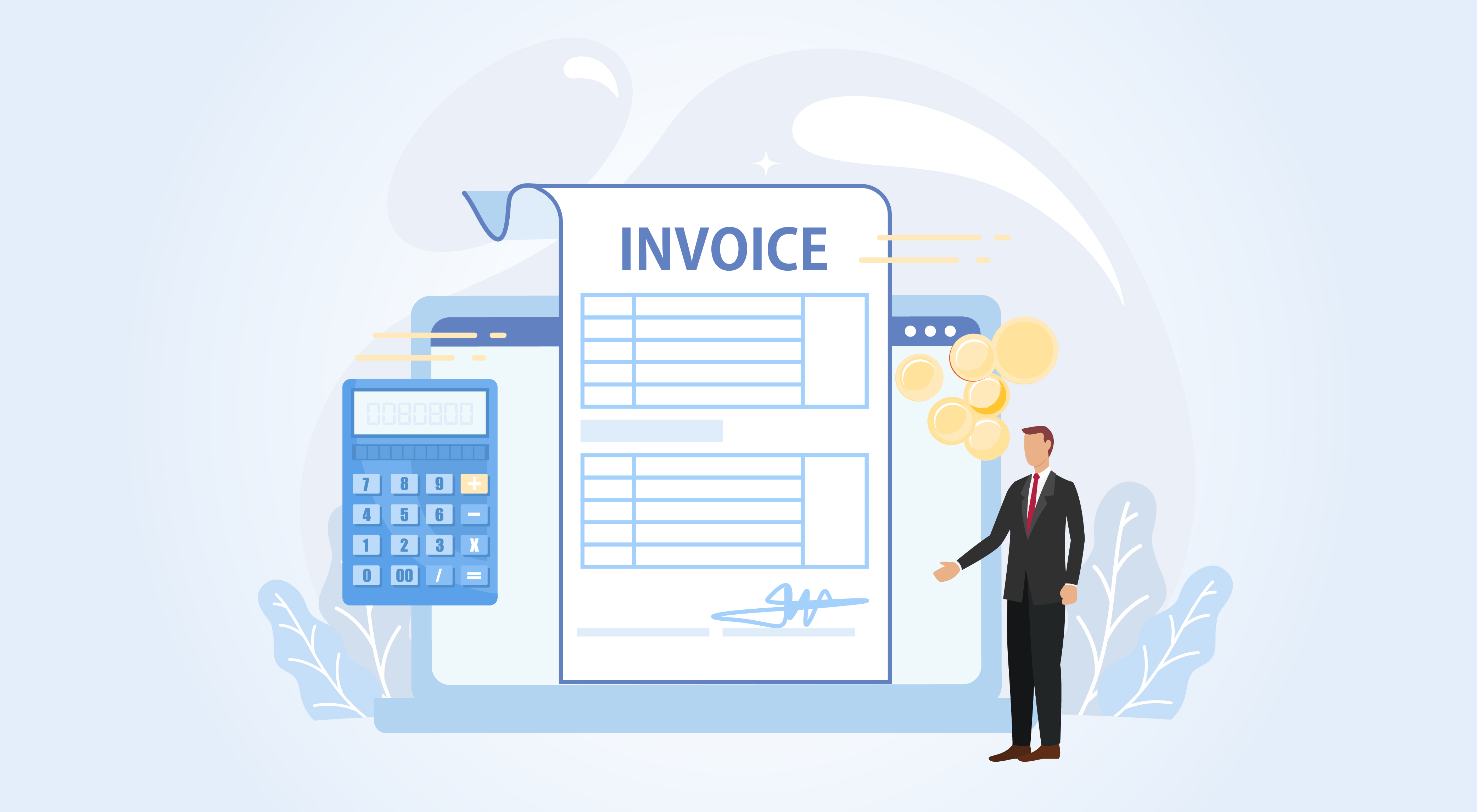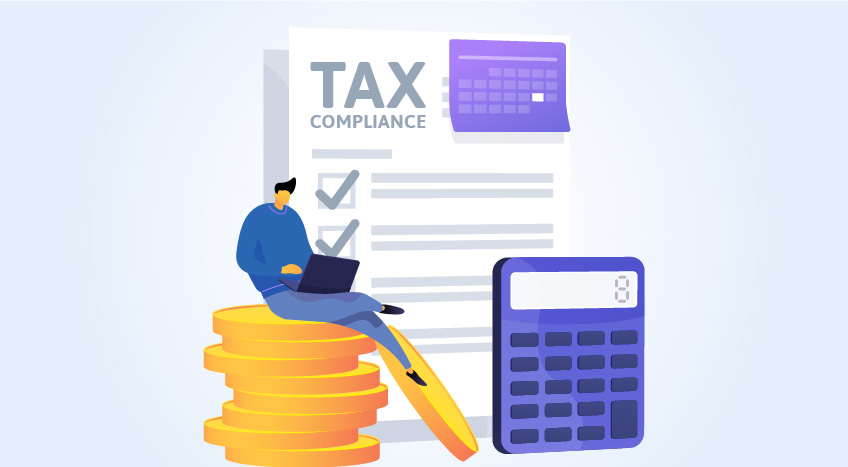The way businesses manage invoicing is changing in the UAE. Paper-based invoices and emailed PDFs are being replaced by a faster, more secure and more accurate method called e-invoicing. This digital system enables companies to issue invoices in a standardised format that is verified through a government-approved platform.
Countries like Saudi Arabia and Bahrain have already adopted e-invoicing and the UAE is preparing to implement it next. For businesses, this means adapting to new ways of generating, submitting and storing invoices. Knowing how the system works will help you stay prepared, avoid mistakes and meet compliance requirements. Steps for e-invoicing: How it works?
To comply with UAE e-invoicing rules, businesses must issue invoices in a specific digital format and get them approved through a government platform. The process may seem new, but it’s quite simple when broken down. Below are the key steps every business must follow to create, validate, and manage an electronic invoice from start to finish.
Step 1: Generate the invoice
The first step is to create the invoice using accounting or billing software that follows the format specified by the tax authority (usually XML or JSON). You can't just use a regular PDF. e-Invoices must meet specific technical and content standards.
The invoice should include:
● Your business name and Tax Registration Number (TRN)
● Customer’s name and TRN (if registered)
● Unique invoice number and issue date
● Description of goods or services
● Quantity, price, VAT rate, and total amount
Once all required details are filled in, the invoice is ready for validation.
Step 2: Validate the invoice
After creating the invoice, the next step is to send it to the official e-invoicing portal. This platform (expected to be launched by the UAE government) will check if the invoice format, values, and tax details are correct.
Validation ensures that:
● The invoice follows the required format
● All mandatory fields are filled
● Calculations are accurate
● VAT rules are correctly applied
If everything checks out, the portal moves the invoice to the next stage. If not, it will reject the invoice and inform you of the errors to fix.
Step 3: Get the invoice digitally signed
After the invoice is successfully validated, the e-invoicing platform digitally signs it. This is done using an official electronic signature provided by the tax authority, which confirms that the invoice is authentic and hasn’t been changed in any way.
Along with the digital signature, the system also adds a QR code and a Unique Invoice Reference Number (IRN) to the invoice. These elements help tax authorities and buyers easily verify the invoice and ensure that all details are accurate and secure.
At this point, the invoice becomes a legally approved document, ready to be shared with the buyer.
Step 4: Share the invoice with the buyer
With the invoice digitally signed and approved, you can now send it to your customer. This step is simple but important. You can share the invoice through:
● A buyer’s online portal
● Directly from your billing software
Since it already includes a QR code and IRN, the buyer can easily verify the invoice. This also builds trust and speeds up the payment process.
Step 5: Store the invoice safely
The final step is to safely store the signed e-invoice for future reference. In the UAE, businesses are required to keep tax invoices and related records for at least 7 years from the end of the tax period to which they relate, as per the Federal Tax Authority (FTA) guidelines.
It's important to store these invoices securely and keep them well-organised, making them easily accessible, especially for audit purposes. You can use cloud storage, company servers, or reliable accounting software like TallyPrime.
TallyPrime helps you store e-invoices safely, organise them by date or customer, and retrieve them instantly when needed. Proper storage ensures you can:
● Stay compliant and audit-ready
● Access transaction history quickly
● Avoid fines or tax issues
Why is e-invoicing important?
E-Invoicing offers many advantages to businesses, tax authorities, and the overall economy. It helps streamline processes, increase accuracy, and ensure better compliance. Here's why it's becoming the new standard:
1. Ensures tax compliance
Every e-invoice is verified through an official government platform, which checks all required fields and tax details. This reduces the risk of fake invoices and ensures that businesses follow VAT laws correctly.
2. Reduces paperwork and manual mistakes
Since everything is done digitally, there’s no need to print, scan, or manually enter data. This reduces human errors like wrong calculations or missing information and saves time spent fixing mistakes.
3. Faster billing and payments
Digital invoices are shared and received instantly. Buyers don’t have to wait for paper delivery or email attachments, which means payments can be processed much faster, improving businesses' cash flow.
4. Greater transparency
As e-invoices are reported to the tax authority in real time, it becomes easier to monitor business transactions. This helps reduce tax evasion and creates a fairer business environment across sectors.
5. Helps during VAT audits
When all invoices are stored electronically in an organised format, it’s easier to provide records during VAT audits. Businesses can quickly access the required data, avoid fines, and respond to questions from tax officials confidently.
Final thoughts
As the UAE moves closer to implementing e-invoicing, businesses of all sizes need to understand how the process works and get ready in advance. Shifting to electronic invoicing not only helps you follow VAT rules but also makes your billing faster, more accurate, and easier to manage. To make this transition smooth, using the right accounting software is very important, and that’s where TallyPrime can help. From generating e-invoices in the correct format to validating, storing, and organising them securely, TallyPrime is built to support your business every step of the way.
Start preparing today with TallyPrime and stay ahead of upcoming e-invoicing requirements in the UAE.









